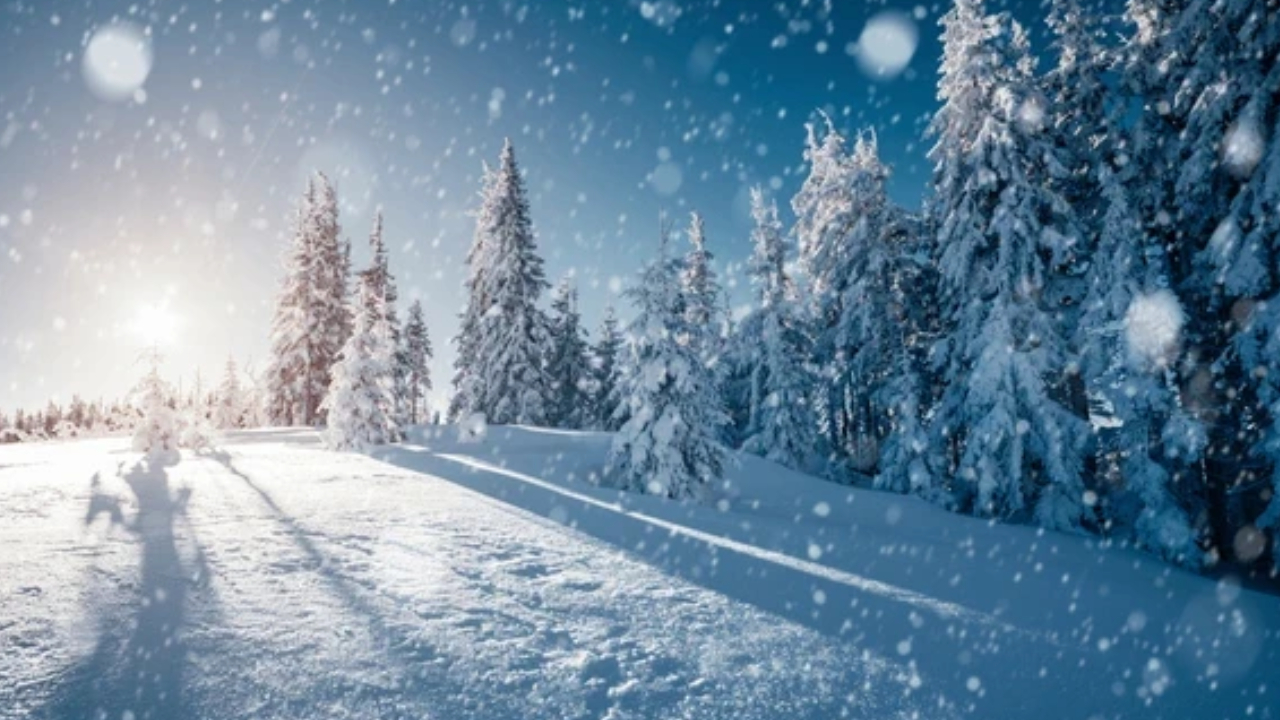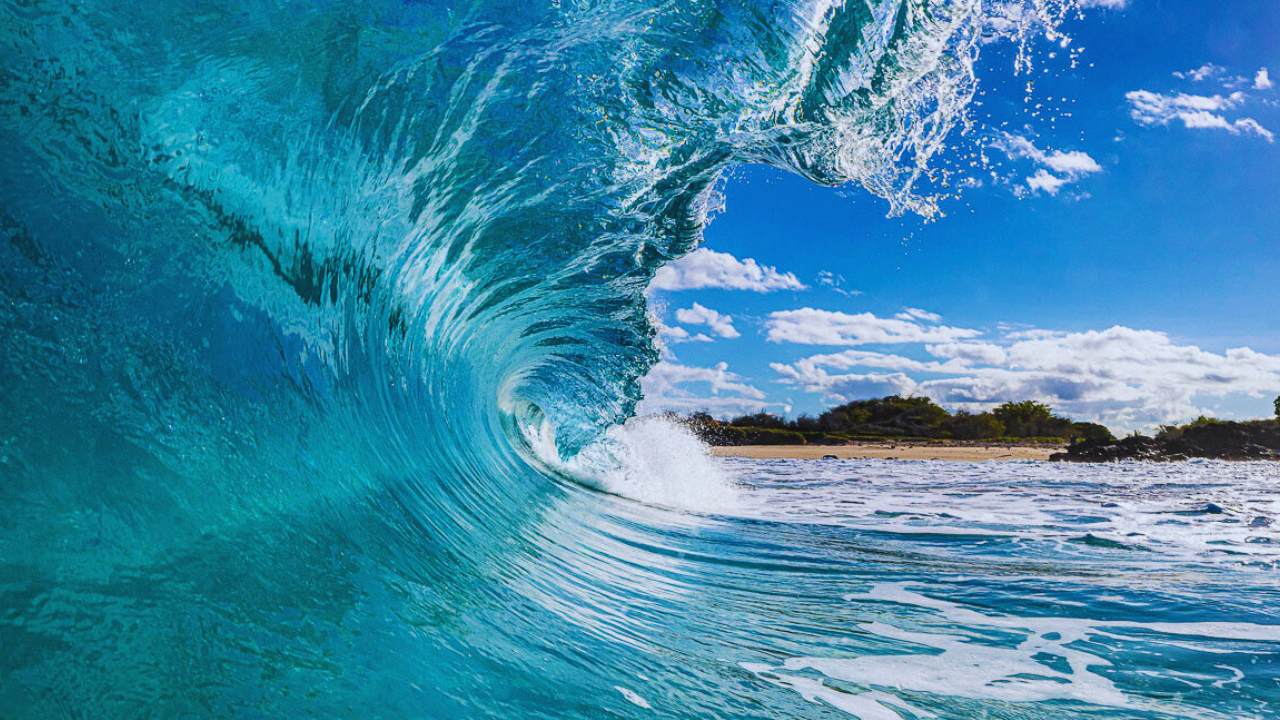Cold places are often characterized by their low temperatures and specific climatic conditions that significantly shape their geography and ecosystems. These regions include the Arctic, Antarctic, and various high-altitude areas around the globe. Each of these areas offers a distinctive cold climate that can be defined by its average yearly temperatures, seasonal variations, and unique weather patterns, which create striking winter landscapes.
The Arctic region, primarily located within the Arctic Circle, experiences prolonged periods of extreme cold. It is predominantly covered by sea ice and periodic glacial expansion. Geographically, the Arctic is bordered by landmasses such as North America and Eurasia, contributing to its climatic characteristics. The area is home to unique wildlife that has adapted to survive in these frigid temperatures, and its stark beauty is accentuated by icy expanses and polar environments.
In contrast, the Antarctic comprises the landmass around the South Pole and is known for being the coldest place on Earth. It features a polar desert climate, resulting in minimal precipitation. This vast expanse of ice and snow is essential for global climate regulation and hosts a variety of life forms that thrive in its harsh conditions. The substantive ice sheet in Antarctica holds approximately 60% of the world’s freshwater, symbolizing its environmental importance.
High-altitude areas, including the Himalayas and the Andes, also fall within the category of cold places. These mountainous regions may not be continuously frozen but can experience cold temperatures year-round, particularly at their peaks. The altitude influences the climate and weather patterns, creating a unique environment that often challenges any visitors or inhabitants.
Exploring cold places reveals both their breathtaking beauty and the challenges posed by their extreme weather conditions. Understanding the geographical and climatic factors defining these regions is crucial for appreciating their splendor and environmental significance.
The Science Behind Cold Climates
Understanding the science behind cold climates involves examining various meteorological phenomena that influence temperature, snowfall, and ice formation. One primary factor determining the characteristics of cold regions is latitude. Areas closer to the poles receive less direct sunlight, resulting in lower average temperatures. This phenomenon is accentuated during the winter months when the tilt of the Earth’s axis results in reduced solar radiation.
Another critical aspect that influences cold climates is elevation. As altitude increases, the atmosphere becomes thinner, leading to a decrease in temperature. This relationship is often observed in mountainous regions, where snow-capped peaks can persist even in relatively mild temperatures at lower elevations. This elevation-driven cooling contributes significantly to the formation of glaciers and ice fields typical of polar and high-altitude environments.
Snowfall patterns also play a pivotal role in shaping cold landscapes. Cold air is capable of holding less moisture than warm air, leading to distinct snowfall events that vary by region. For instance, coastal areas might experience heavier snowfall due to moisture drawn from oceans, while continental areas may exhibit sporadic snowfall due to their distance from moisture sources. Additionally, local topography can influence snowfall amounts, with wind patterns carrying moisture-laden air over mountains where it gets cooled, condensing, and eventually precipitating as snow.
The influence of ocean currents is equally important in regulating the climate of cold regions. Warm currents can moderate temperatures in coastal cold areas, leading to milder winters compared to regions with cold currents, which can experience significant drops in temperature. This interplay of latitude, elevation, snowfall patterns, and ocean currents serves to create the unique and varied cold climates observed around the world.
Flora and Fauna Adaptations in Cold Environments
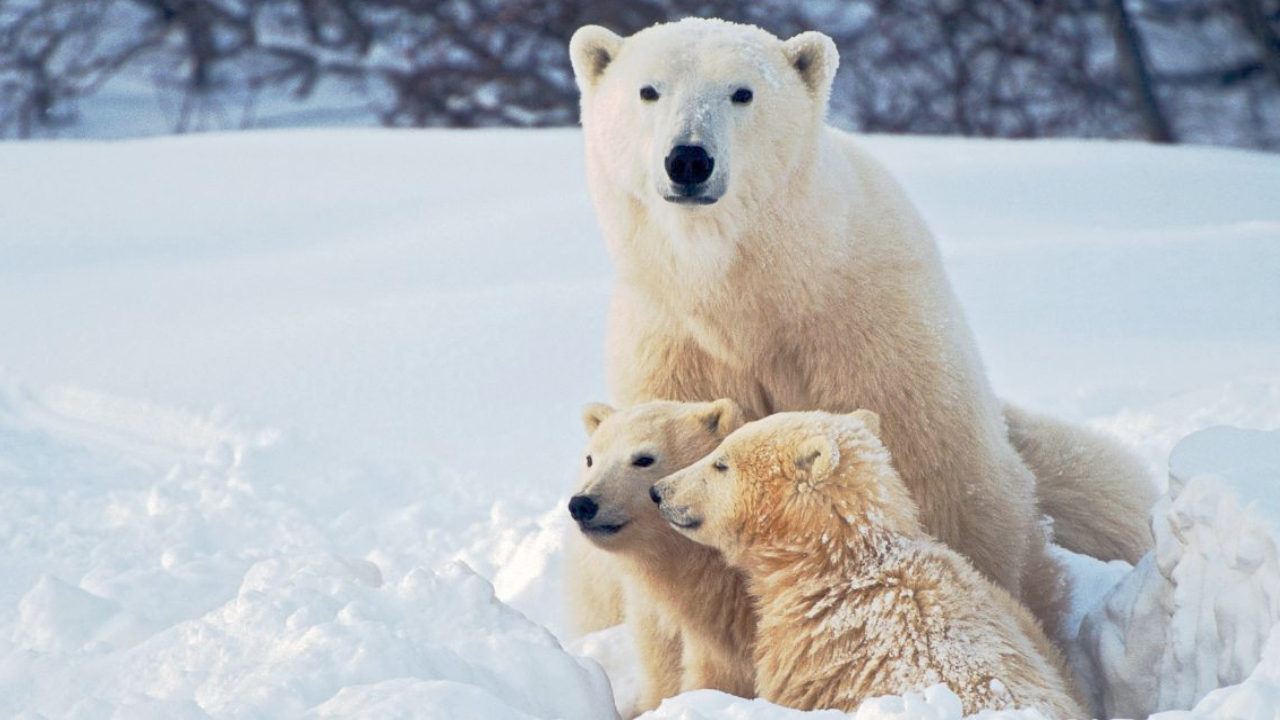
Cold environments present unique challenges for both flora and fauna, necessitating a variety of adaptations that enable survival amidst harsh conditions. One of the most remarkable examples can be observed in the arctic fox (Vulpes lagopus), which showcases several traits suited for life in subzero temperatures. Its thick, insulated fur not only provides warmth but also changes color with the seasons, shifting from brown in the summer to white in winter, providing effective camouflage against the snow. Furthermore, the arctic fox has a keen sense of hearing, which allows it to locate prey beneath layers of snow, ensuring a consistent food source even in winter months.
Polar bears (Ursus maritimus) exemplify another well-adapted species to cold habitats. Their bodies are furnished with a thick layer of blubber and dense fur, both of which serve as insulation against the frigid arctic climate. Polar bears are also adept swimmers, with large forelimbs that allow them to navigate through icy waters, essential for hunting seals, their primary food source. Moreover, their white appearance provides them with excellent camouflage against the ice, allowing them to approach prey undetected.
Plant species in cold climates have also developed fascinating adaptations to endure freezing temperatures. For instance, certain types of mosses and lichens, such as the Antarctic hair grass, can survive extreme cold and desiccation. These plants utilize unique biochemical processes, including the ability to tolerate freeze-thaw cycles, which helps them withstand the harsh elements. Additionally, their growth form often allows them to capture moisture from the air, an essential adaptation in environments where liquid water is scarce.
The adaptations seen in both flora and fauna in cold environments highlight the incredible biodiversity in these ecosystems. This interconnected web of life reveals the intricate balance required for survival in extreme conditions, underscoring the importance of conserving these unique habitats for future generations.
Cultural Significance of Cold Regions
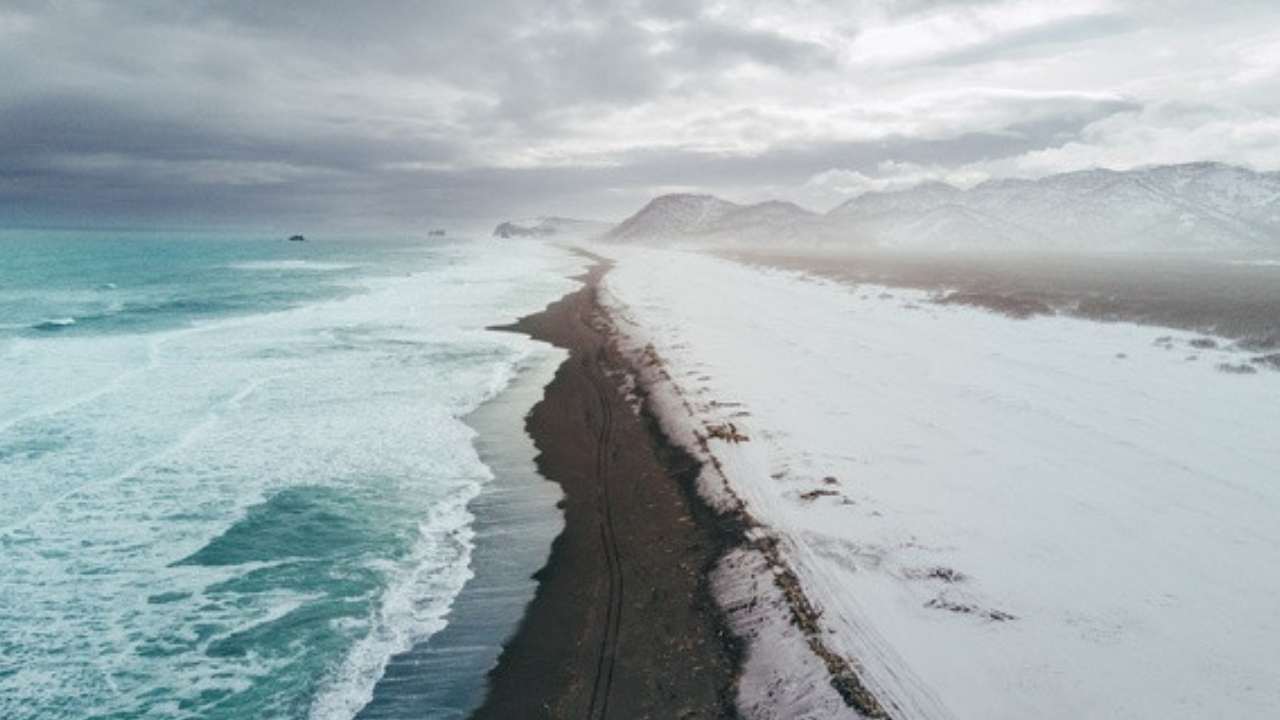
Cold regions around the globe, characterized by harsh climatic conditions and breathtaking winter landscapes, have significantly influenced the cultures and lifestyles of indigenous communities. These communities have developed unique traditions, practices, and beliefs that are intrinsically tied to their environment. For instance, the Inuit people of the Arctic possess a profound understanding of the land and its resources, which has guided their subsistence practices for centuries. They rely on traditional hunting and fishing techniques that are attuned to the rhythms of the seasons, highlighting the close relationship between their cultural identity and the cold environment.
The harsh climatic conditions often foster a sense of community among residents of cold regions. Festivals celebrating the winter season are common, designed not only to endure the long, harsh winters but also to bring people together in celebration. Events such as the Harbin Ice Festival in China or Winterlude in Canada showcase intricate ice sculptures and cultural performances, reinforcing communal bonds. These festivals embody a resilience that reflects the human spirit’s ability to adapt and thrive amidst challenging weather conditions.
Moreover, storytelling and the arts play an important role in expressing the cultural significance of cold places. Artisans create works that feature themes of winter landscapes, embodying the beauty and starkness of their surroundings. This artistic expression serves as a way to preserve history, convey beliefs, and share communal narratives, thus enriching the cultural tapestry of cold regions. The cultural adaptations and innovations in these areas highlight not only the challenges faced by their inhabitants but also their creative solutions and vibrant traditions that flourish even in the most frigid environments.
Tourism and Adventure in Cold Places
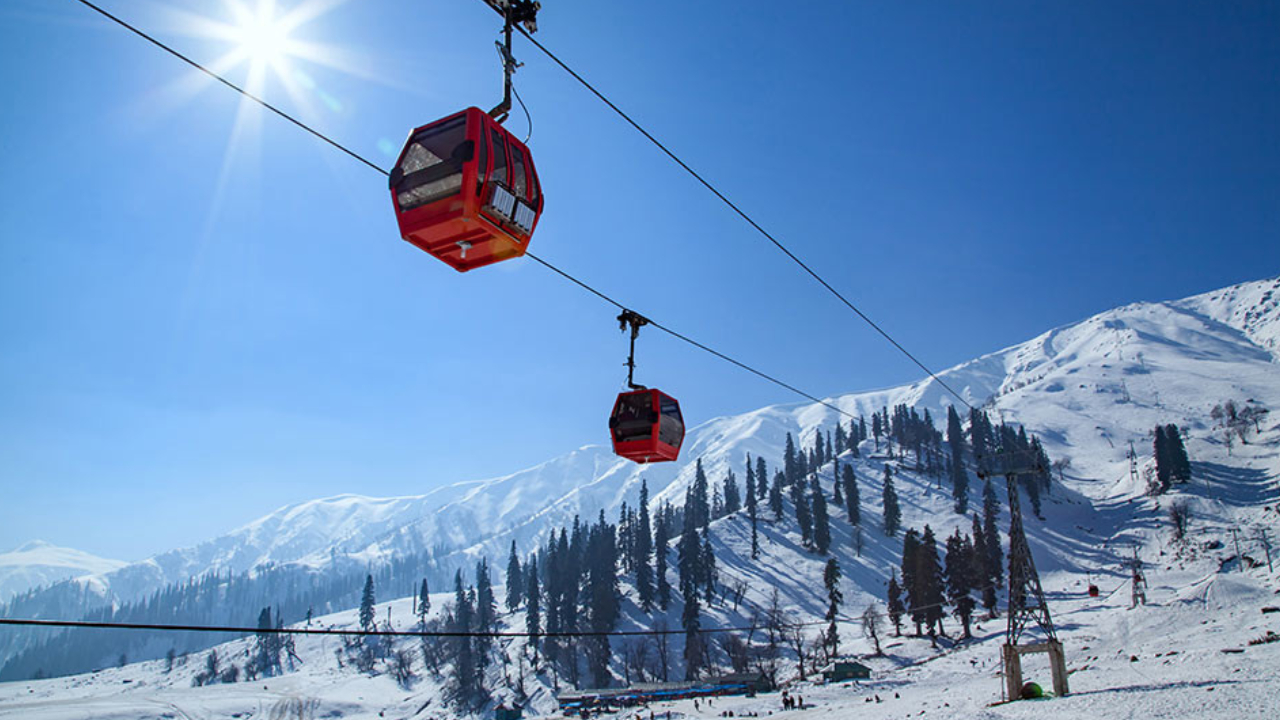
Cold places have always fascinated travelers, drawing them into their serene landscapes and adventurous opportunities. Popular tourist destinations in these regions, such as Aspen in Colorado, Lapland in Finland, and the Canadian Rockies, offer a wide array of activities tailored for winter enthusiasts. Skiing remains one of the top attractions, allowing individuals and families to enjoy thrilling downhill adventures on well-groomed slopes. In addition to skiing, ice fishing has become an increasingly popular pastime, enabling participants to connect with nature while seeking to catch a variety of fish through frozen lakes.
Winter festivals also play a significant role in promoting tourism in cold regions. Events such as the Harbin Ice Festival in China or the Quebec Winter Carnival in Canada highlight the unique cultural traditions and customs associated with winter. These festivals not only showcase stunning ice sculptures and cultural performances but also provide significant boosts to local economies through increased visitor spending. Such events engage tourists while allowing local artisans and businesses to thrive during the colder months. View more Blogs
However, as tourism grows in these cold environments, it is crucial for visitors to be mindful of their impact on the local ecology and communities. Sustainable practices, such as respecting wildlife habitats, reducing waste, and supporting local businesses, are essential for preserving the natural beauty of these winter landscapes. Tourists should consider participating in eco-friendly tours and adhere to guidelines laid out by local conservation efforts. When travelers choose to explore responsibly, they contribute to the ongoing vitality of these picturesque destinations.
Overall, the allure of cold places offers unmatched experiences while challenging us to consider how we can enjoy these remarkable landscapes without compromising their integrity. The blend of adventure and cultural experiences provides a unique opportunity for engagement and appreciation of the beauty that winter landscapes hold.
Cold Climate Challenges: Living and Thriving
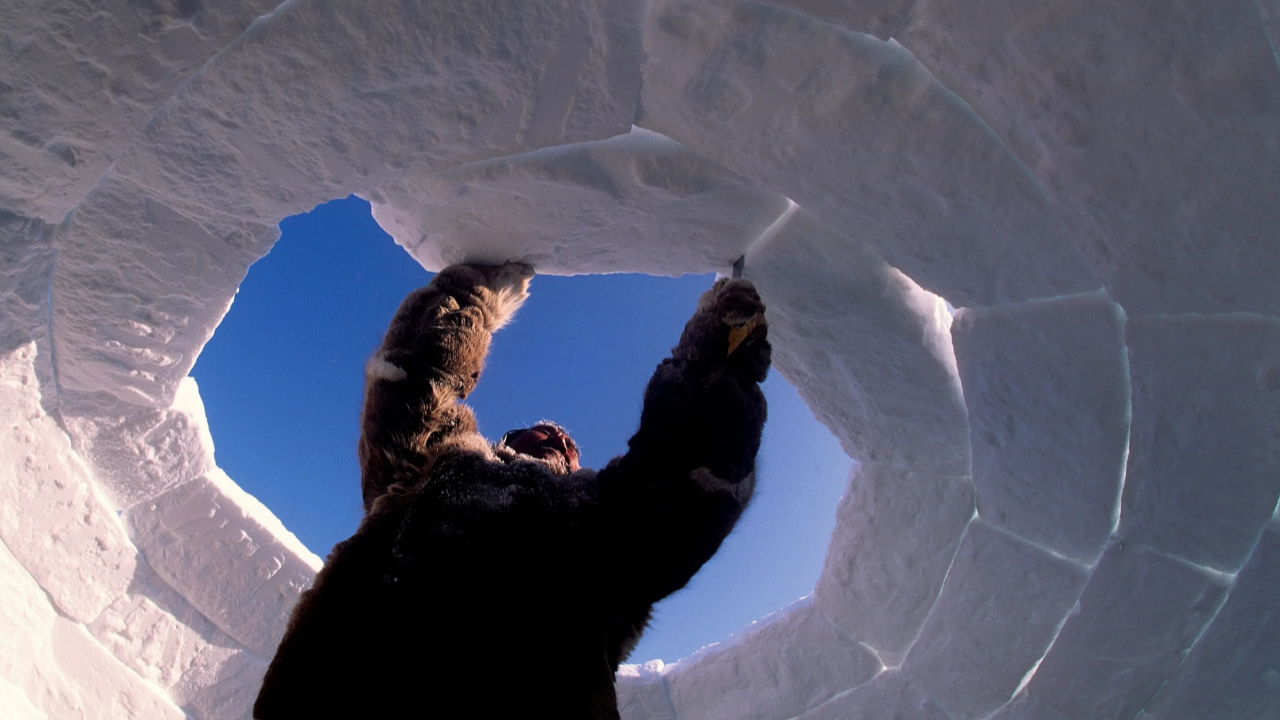
Inhabiting cold regions presents a unique set of challenges that can significantly impact daily life. Extreme weather conditions, characterized by frigid temperatures, heavy snowfall, and icy winds, necessitate a resilient approach to living. One major challenge faced by residents is the isolation caused by harsh winters, which can limit access to essential services, social interactions, and transportation. During heavy snowfalls, roads may become impassable, resulting in disruptions to supply chains and emergency services.
Moreover, infrastructure limitations in cold climates often exacerbate these issues. Traditional designs may not be equipped to handle the extreme conditions, leading to increased maintenance costs and risks of structural failure. For instance, homes and buildings must be designed to retain heat and withstand the weight of snow accumulation. This necessitates investment in high-quality insulation and robust roofing systems, which can become costly in the long run.
However, despite these challenges, innovations have emerged to improve life in cold climates. Technologies such as advanced heating systems and snow removal equipment have been developed, enhancing residents’ comfort and safety. Smart home technologies are also gaining traction, allowing for improved energy efficiency and control over heating, which is vital in maintaining warmth in frigid temperatures. Furthermore, communities are developing solutions to enhance connectivity and reduce isolation during winter months. Initiatives like community transport services and online platforms have helped residents stay connected, fostering a sense of unity and support.
Adaptation strategies, including sustainable building practices and community cooperation, play a crucial role in mitigating the impact of cold climate challenges. These innovative solutions exemplify the resilience of those living in these environments, showcasing how they not only survive but thrive amidst the beauty of winter landscapes.
Global Warming and Its Effects on Cold Places
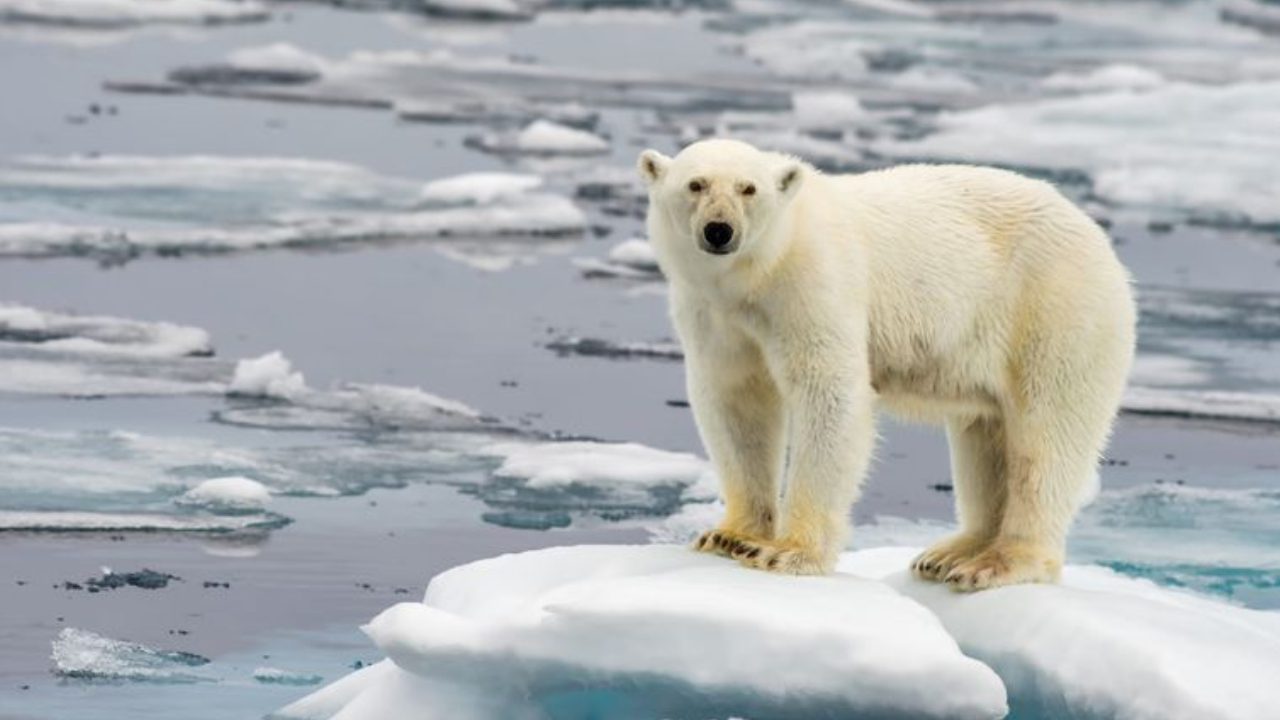
Climate change poses significant threats to cold environments, fundamentally altering the landscapes of polar and mountainous regions. One of the most alarming consequences of global warming is the accelerated melting of ice caps and glaciers. These vital components of the Earth’s systems regulate temperatures and sea levels. The continuous decline in ice mass not only contributes to rising sea levels but also threatens the species that rely on these frigid habitats for survival.
As ice melts, habitat loss becomes a pressing issue for various organisms, including polar bears, seals, and numerous bird species that inhabit these regions. The loss of sea ice restricts their hunting grounds and breeding habitats, thereby disrupting the intricate balance of these ecosystems. Furthermore, the thawing of permafrost can release greenhouse gases, such as methane and carbon dioxide, exacerbating the global warming cycle and contributing to further climate change.
Changes in biodiversity within cold climates are also a concern. Many species are facing extinction as their habitats shrink. Additionally, the introduction of non-native species can destabilize existing ecosystems, leading to competitive disadvantages for native species. The implications extend beyond local ecosystems, influencing global weather patterns and climate systems, thereby impacting agriculture and water supply in regions far from the polar areas.
Cold regions play a crucial role in regulating the Earth’s climate. The reflective nature of ice surfaces helps to keep temperatures lower, while melting ice decreases this reflectivity, resulting in increased absorption of solar energy and higher temperatures. Consequently, a re-evaluation of conservation strategies is necessary to mitigate these changes and protect not only the unique biodiversity of cold places but also the overall health of our planet’s climate system.
Conservation Efforts in Cold Regions
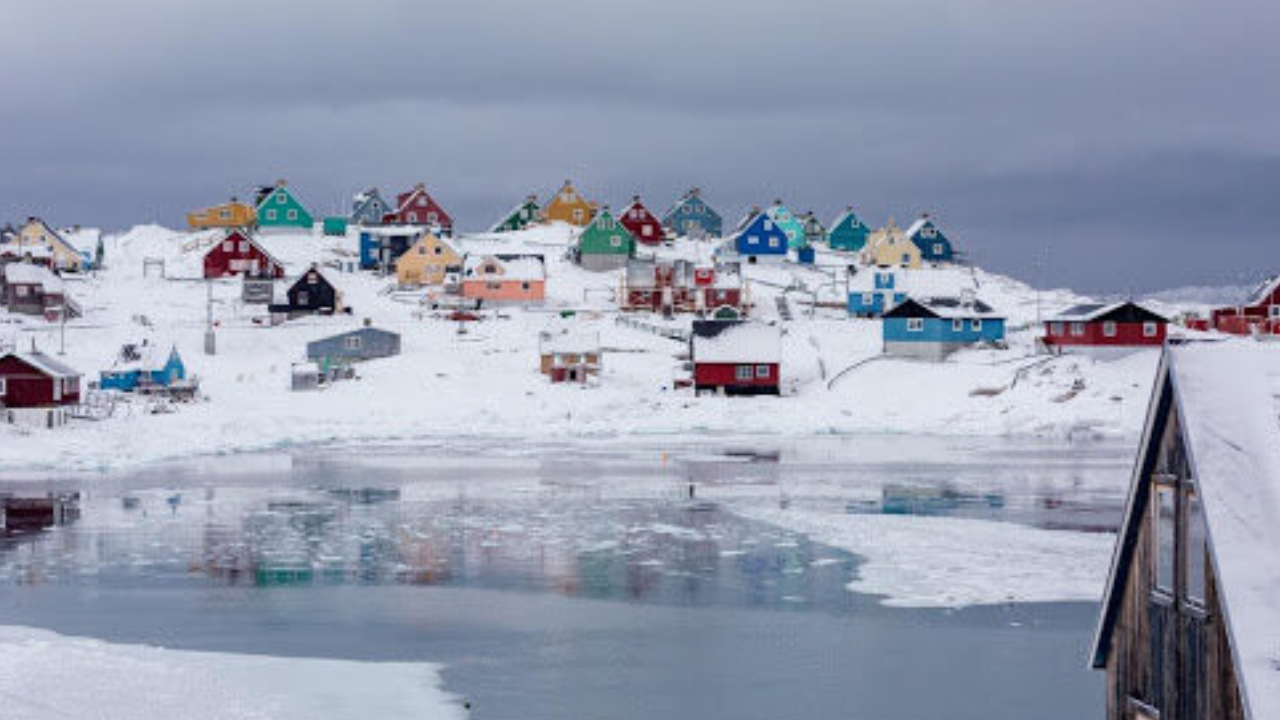
Cold regions, characterized by their unique ecosystems and stunning landscapes, are increasingly facing significant threats due to climate change and human activities. In response, ongoing conservation initiatives are being implemented worldwide to safeguard these vulnerable environments. National parks and wildlife reserves play a crucial role in these efforts, serving as protected areas where biodiversity can thrive while minimal human intervention occurs. These locations not only provide habitat for various species but also offer invaluable opportunities for scientific research and education.
A notable example of conservation initiatives in cold environments can be seen in the Arctic region, where international agreements such as the Arctic Council foster cooperation among nations. These agreements are vital for establishing common goals and strategies to protect marine and terrestrial ecosystems. In addition, the efforts by organizations like the World Wildlife Fund (WWF) and Greenpeace emphasize the need to address the immediate challenges posed by climate change, which greatly affect the ice habitats of polar bears, seals, and other wildlife.
Moreover, the preservation of biodiversity in these cold regions is not merely a local concern; it has global implications. The ecosystems found in colder climates contribute significantly to carbon storage and climate regulation. Protecting them is essential for mitigating climate change and ensuring the sustainability of the planet’s health. Conservationists advocate for the establishment of more protected areas and stricter regulations to combat illegal activities, such as poaching and unsustainable tourism, which threaten wildlife populations. By prioritizing conservation efforts in these breathtaking landscapes, we can help ensure that future generations will continue to appreciate the wonders of winter landscapes.
Conclusion and Reflection on Cold Places
Throughout this exploration of cold places, we have delved into the breathtaking beauty and unique characteristics that these winter landscapes possess. Cold environments, ranging from icy tundras to snow-capped mountains, are more than just scenic vistas; they are vital ecosystems that contribute significantly to global biodiversity. Their stark beauty captures the imagination and invites reflection on the preservation of nature’s splendor.
Moreover, we have noted how these cold areas offer critical habitats for a wide array of wildlife, many of which have adapted uniquely to survive in extreme conditions. The ecological significance of these regions cannot be overstated. Protecting such environments is essential not only for maintaining biodiversity but also for regulating the Earth’s climate. As temperature changes impact these delicate ecosystems, advocating for their preservation has become increasingly crucial.
The cultural significance of cold places is equally notable. Indigenous communities residing in these frigid landscapes have rich traditions and knowledge that are intimately tied to their environment. Understanding their perspectives allows us to appreciate the intricate relationship between humanity and nature. This cultural heritage is worth celebrating and preserving as it offers valuable insights into sustainable living and stewardship of the earth.
As we reflect on the wonders of cold places, let us foster a deeper understanding of their ecological and cultural importance. Encouraging admiration for these remarkable regions can inspire more profound respect and advocacy for their conservation. It is essential that we continue to educate ourselves and others about the value of cold places, ensuring that their beauty and significance endure for future generations to experience and cherish.

